On 6 June 1944, over 150,000 Allied troops landed in Normandy to begin the liberation of France. Inspired by veterans' memories of D-Day, we travel to the cemeteries where the British and Commonwealth soldiers who died were laid to rest. From the graves of paratroopers at Ranville to the story of three Canadian brothers at Beny-sur-Mer, and the vast Bayeux War Cemetery, we explore the legacy of the landings and the experience of visiting these graves today.
Legacy of Liberation
2020 marked 75 years since the end of the Second World War. In 1945, forces in all theatres of war saw some of the fiercest fighting of the war, with the Allied forces facing increasingly desperate defence as they advanced towards Germany and Japan.
To mark the 75th anniversary of some of the most momentous battles in history, the Commonwealth War Graves Commission recorded the voices of veterans, relatives and pilgrims for a unique online audio resource that explains why the Commission’s war graves, cemeteries and memorials are as poignant today as when they were first built.
The CWGC commemorates more than 100,000 service personnel who died during 1944. Commonwealth servicemen and women are commemorated in CWGC war cemeteries and memorials across the world and today, these iconic sites of remembrance remain places of pilgrimage for veterans and descendants alike. The archive aims to pay tribute to those who gave their lives and shine a light upon these places of remembrance.
The public can explore the war archive online and discover a wealth of recordings, from first-hand accounts from veterans about losing comrades to testimony from family pilgrimages to the battlefields. CWGC is also encouraging the public to share their own connection to the Second World War by uploading their own audio.
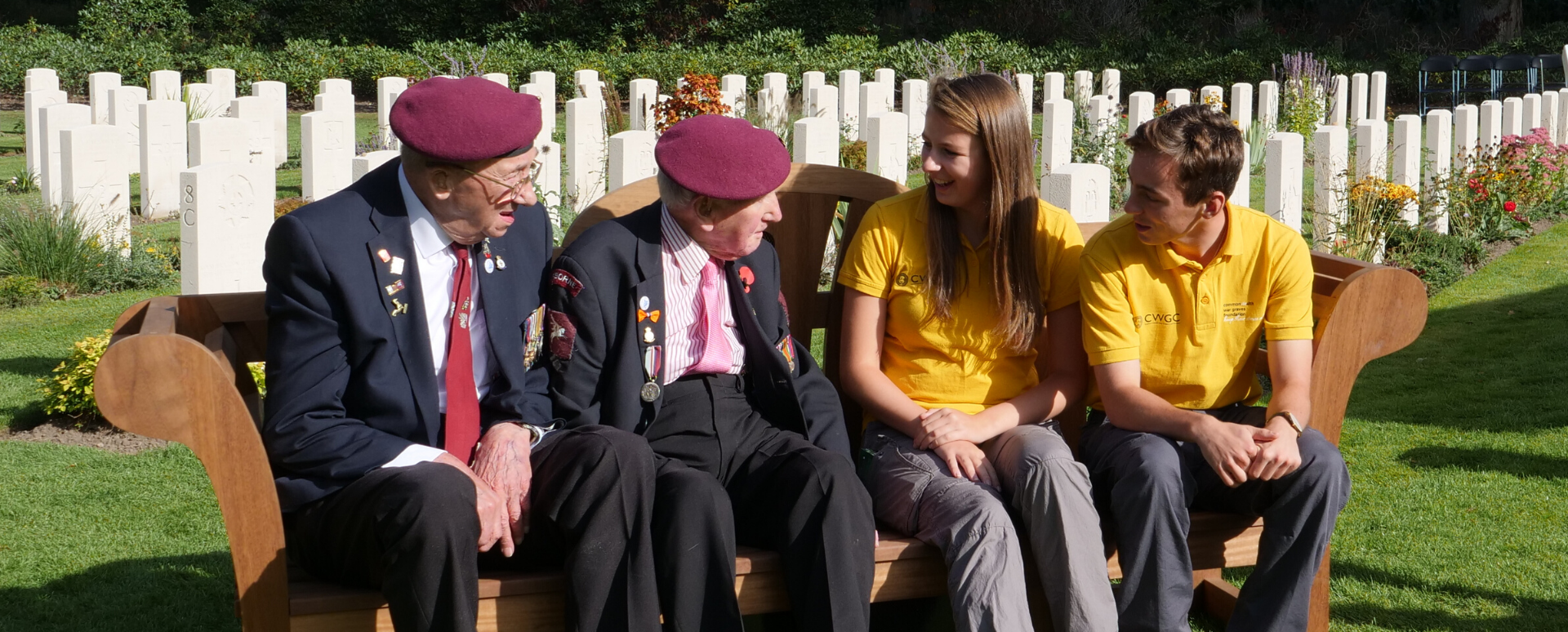
Explore our sound archive marking of the end of the Second World War, featuring real-life testimonies from veterans.
Explore the archiveThe Story of Liberation
From the beaches of Normandy, to the hills of Kohima and the mountains of Italy, Legacy of Liberation is a global project that will cover the sacrifice and contribution of Commonwealth forces who paid so high a price for the liberty we enjoy today.
Through our timeline, discover the courage and sacrifice of those who served and our commitment to ensure they are never forgotten.
1945
The final year of the Second World War was no less bloody or hard-fought as the rest of the conflict.
Our timeline highlights some of the key milestones on the road to liberation. Discover the stories of those who fought to end the war.
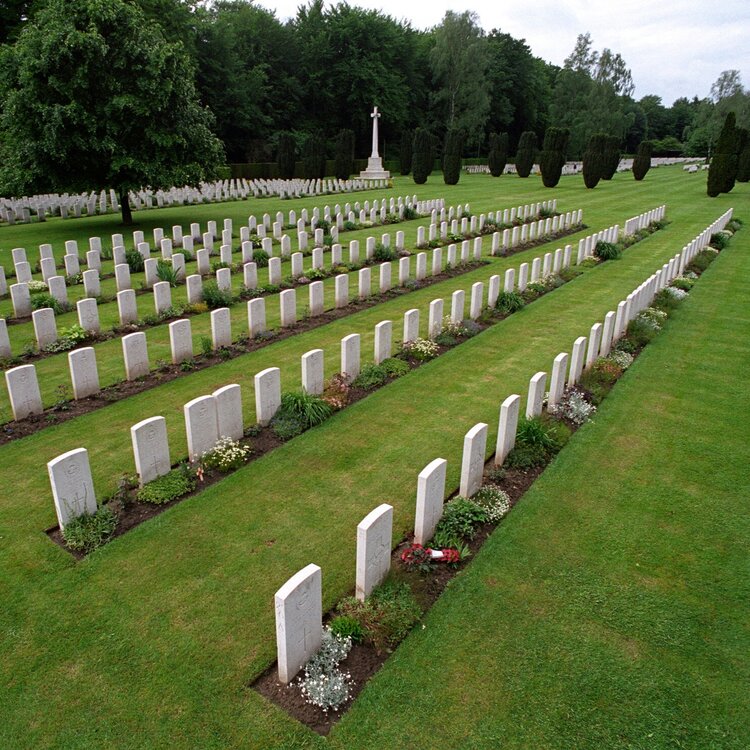
Crossing the Rhine
MARCH 1945
The only way to end the war would be the total destruction of Nazi Germany, which meant breaching its greatest natural defence, the Rhine. Breaking through into the Ruhr would have huge implications for the German defenders and open the way for the fall of Germany.
Read more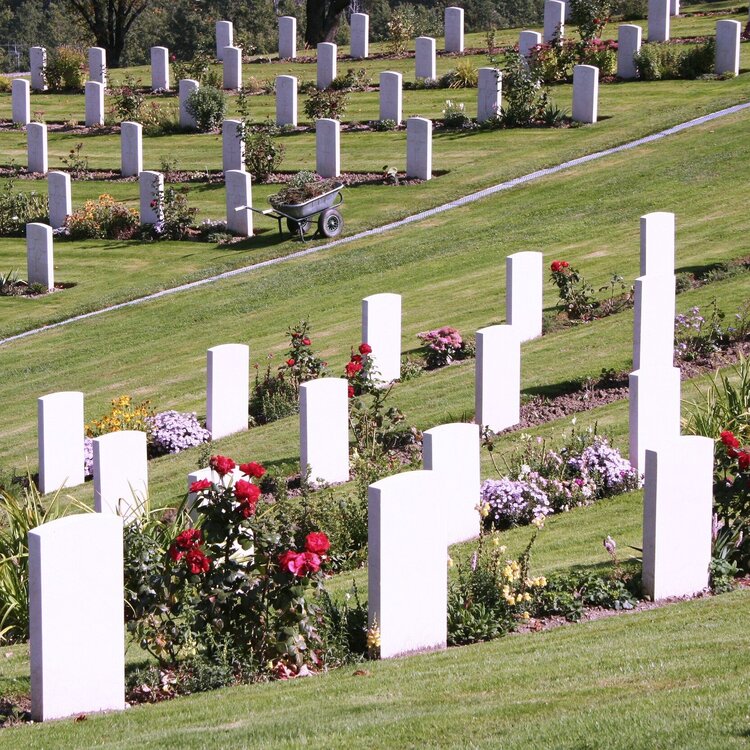
Reaching the Po
APRIL 1945
Despite hard fought battles in Italy throughout 1944, the Allies had yet to liberate the country. The supposed ‘soft underbelly of Europe’ had proved terribly tough. Allied forces in Italy spent February and March 1945 getting ready to launch what would be their final offensive: Operation Grapeshot. They aimed to crush the remaining German forces against the south bank of the Po, forcing a surrender.
Read more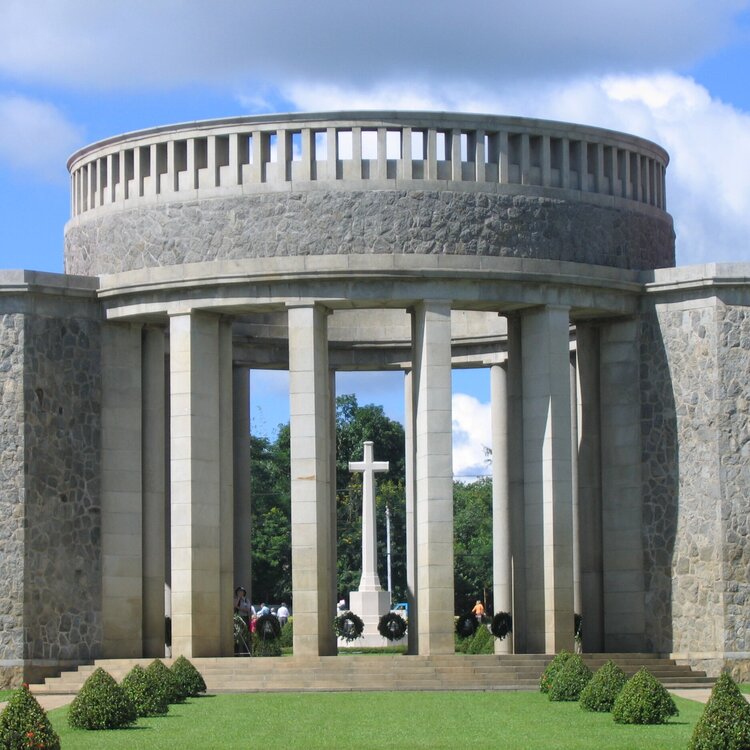
The Race for Rangoon
MAY 1945
Commonwealth forces in Burma (now Myanmar) found their job made all the more difficult by the monsoon conditions that restricted movement, supply lines and reinforcements throughout the region. Liberating Burma’s biggest city before the monsoon season begun became of key importance; the Race for Rangoon was on.
Read more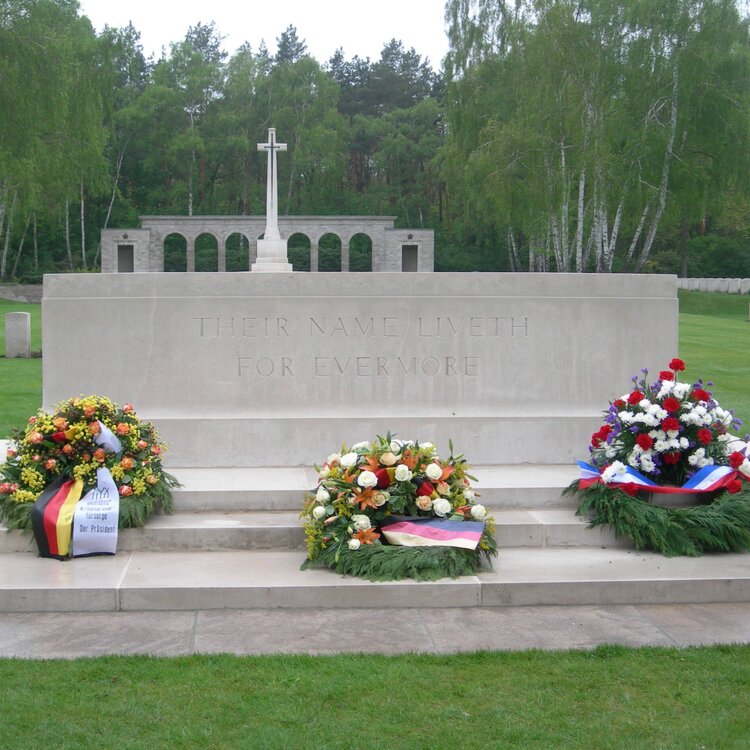
VE Day
MAY 1945
From the invasion of Normandy, through pitched battles in the mountains of Cassino, desperate fighting in Arnhem and across the Rhine into Germany, the road to the liberation of Europe in World War 2 ended with the fall of Berlin and the surrender of Nazi Germany in May 1945. Victory in Europe was achieved at great cost and signalled the end of the war in Europe.
Read more
VJ Day
AUGUST 1945
Although peace had already been achieved in Europe, the war in the Pacific continued through the summer of 1945. Following the use of atomic bombs in Hiroshima and Nagasaki, as well as a declaration of war on the Japanese by the Soviet Union, the Japanese forces gave their intention of surrender on 15 August 1945, on what is now known as Victory in Japan day.
1944
The world is at war. Much of Europe and the Far East is occupied by forces of Nazi Germany and Imperial Japan. But the tide was about to turn.
Through our timeline, discover the courage and sacrifice of those who served and our commitment to ensure they are never forgotten.
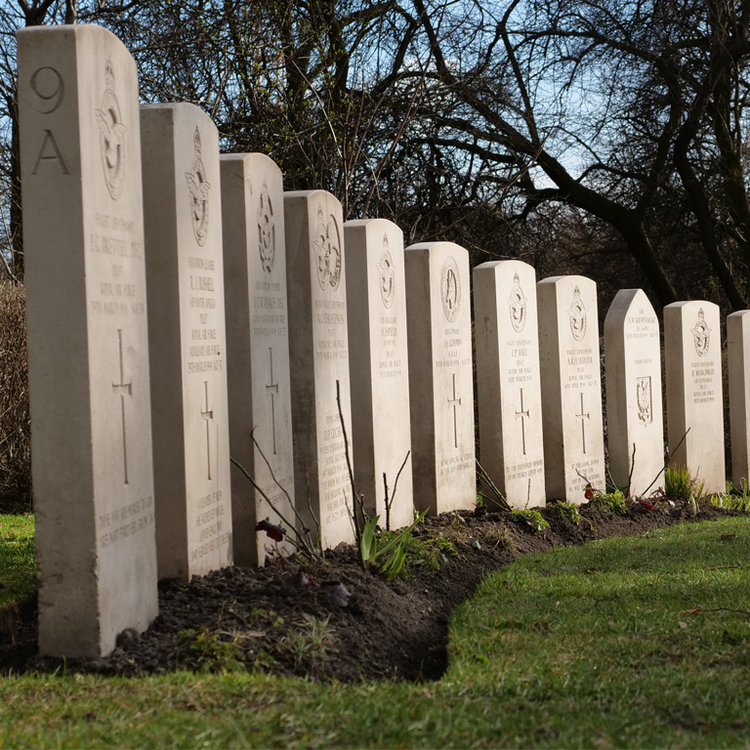
The Great Escape
By 1944, tens of thousands of Commonwealth service personnel had become prisoners of war. But captivity did not always mean an end to resistance. On the night of 24 March 1944, there was a mass break out from a German prisoner of war camp in Poland. Seventy-six men escaped captivity - it became known as the ‘Great Escape’.
Episode 1 - The Great Escape
Film has shaped so much of our understanding of the Second World War. Perhaps the most famous example is The Great Escape. At the heart of the Polish city of Poznan, in a small glade surrounded by undulating parkland, are the graves of the 48 men who lost their lives in the breakout from Stalag III in March 1944. We visit their graves and contemplate the reality behind the legend. We find out more with historian Guy Walters and speak to a Prisoner of War Veteran, Victor Gregg.
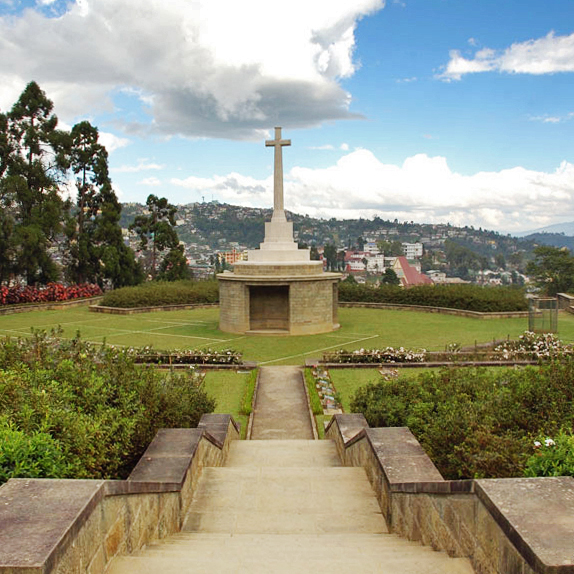
Kohima and Imphal
APRIL 1944
Visitors to CWGC Kohima War Cemetery in north-eastern India might be surprised when they reach the heart of the cemetery and find a tennis court. This unusual memorial is carefully maintained in memory of those who fought and died at Kohima in 1944. They could not have known it at the time but the holding of this tennis court would be a turning point of the war against the Japanese.
Read moreEpisode 2 - Kohima and Imphal
One of the most dramatic battles of the Second World War was fought across a tennis court at Kohima in north-east India. This has been preserved at Kohima War Cemetery, where an epitaph inscribed in stone resonates through the generations: ‘When you go home, tell them of us and say, For your tomorrow, we gave our today’.
We reflect on this remarkable cemetery with heritage expert Rowenna Wood and discover some unexpected connections closer to home. We speak to CWGC historian Max Dutton about the epitaphs chosen by families, and reflect on the legacy of the battles of Imphal and Kohima with writer Annabel Venning, whose grandfather served in India and Burma.
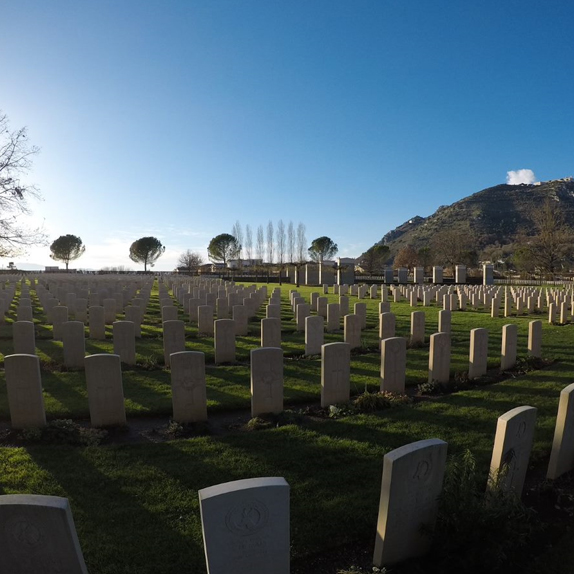
Cassino
MAY 1944
Perhaps the greatest Allied victory of the Second World War in the Mediterranean was won at Cassino in 1944. Alongside their allies, Commonwealth soldiers fought in winter snow and summer heat across the mountains, over ravines and rivers, and through ruined streets, meeting tenacious German resistance at every turn. Cassino was one of the hardest won battles of the war.
Read moreEpisode 3 - Monte Cassino
In the shadow of a forbidding mountain in the heart of Italy, overlooked by a Benedictine monastery, Cassino War Cemetery evokes the rich history and culture of the landscape in which it lies. From the ancient, classical architecture to the brutal fighting which took place in the foothills around it, this multinational memorial encapsulates a complex and contradictory campaign. We speak to Jim Knox, a 96 year old veteran who fought in the infamous battle, and Carlo Castiglia, Head Gardener at Cassino War Cemetery. We also follow in the footsteps of Commonwealth forces to Rome, and discover war graves hidden in the heart of this historic city
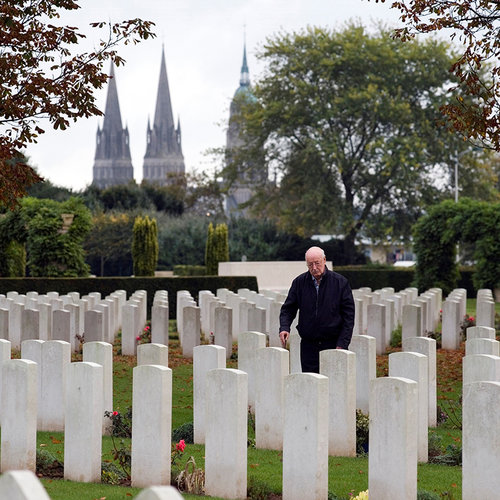
Normandy
JUNE 1944
6 June 1944 saw over 150,000 Allied troops land on the beaches of Normandy to begin the liberation of France. But what began as ‘the longest day’ soon became a fiercely-fought campaign, with casualty rates comparable to those in the great First World War battles.
The Normandy CampaignEpisode 4 - Normandy [Part 1]
Episode 5 - Normandy [Part 2]
Continuing our journey through Normandy, we explore some of the cemeteries that tell the story of the fearsome battles that followed D-Day. William Moody, who’s worked for the CWGC for 50 years and now cares for Bayeux War Cemetery, tells us about his work and what these places mean to him. We also visit the grave of Keith Douglas, one of the greatest poets of the war, as well as discussing what the cemeteries of Normandy mean to visitors today and what they might mean in the future.
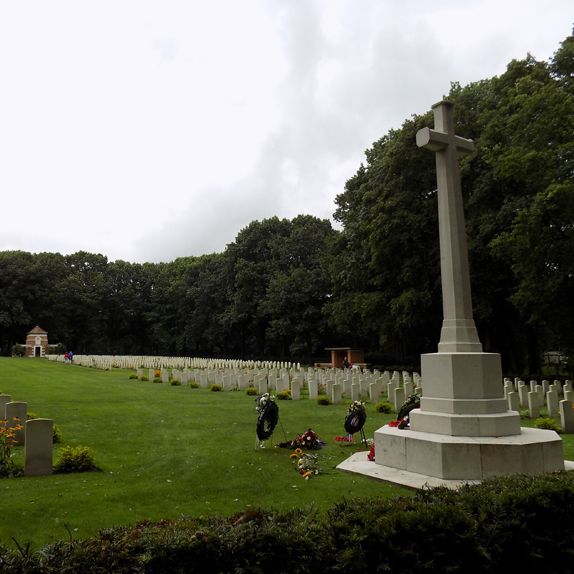
Arnhem
SEPTEMBER 1944
The Dutch town of Arnhem saw one of the most dramatic incidents of the Allies’ advance towards Germany, when an airborne landing failed to capture its crossing over the Rhine, later immortalised as ‘a bridge too far’.
Read moreEpisode 6 - Arnhem
The Dutch town of Arnhem saw one of the most dramatic incidents of the Allies’ advance towards Germany, when an airborne landing failed to capture its crossing over the Rhine – later immortalised on film as ‘a bridge too far’. Arnhem Oosterbeek War Cemetery is testament to the anguish of ongoing occupation as well as eventual liberation, and sits at the heart of a community where remembrance is still an important ritual.
We speak to Willemien Rieken, a former ‘flower child’ who’s laid flowers at one grave in Oosterbeek War Cemetery for 75 years; historian Sir Antony Beevor about the wider conflict in 1944; and former Glider Pilot Jim Hooper, who landed troops in Arnhem during Operation Market Garden. We also explore the Arnhem Airborne Museum, situated in the former hotel which was used as a headquarters by Commonwealth forces during the operation.

